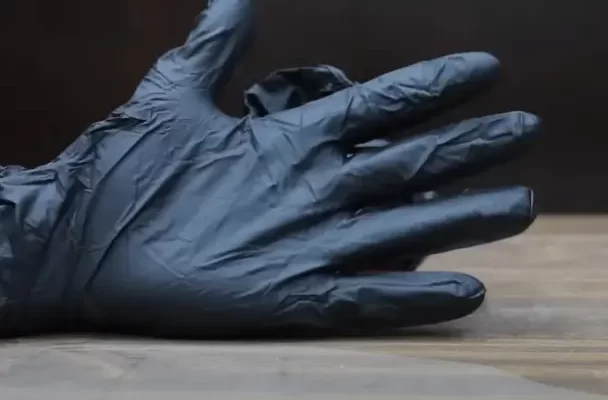When it comes to mold cleanup, protecting yourself is of utmost importance. Wearing the right gloves can help safeguard your hands from the potential health hazards associated with handling and removing mold. But with so many options available, how do you choose the right gloves for mold cleanup?
Here are some important factors to consider when selecting gloves for mold remediation:
- Material: Look for gloves made from nitrile, neoprene, or natural rubber latex. These materials provide excellent barrier protection against mold spores, chemicals, and other contaminants, while maintaining flexibility and dexterity.
- Thickness: Opt for gloves that are at least 5 mils thick to ensure adequate protection. Thicker gloves offer better resistance against punctures or tears, especially when dealing with sharp objects during the cleanup process.
- Size and fit: Choose gloves that fit your hands snugly but not too tightly. Ill-fitting gloves can reduce dexterity and increase the risk of tears or accidental slips. Consider trying on different sizes or consulting the glove manufacturer’s sizing chart for an accurate fit.
- Cuff length: Mold can be found in hard-to-reach areas, so selecting gloves with extended cuffs is crucial. Longer cuffs provide extra protection by preventing mold spores or other contaminants from entering through the wrist area.
- Powder-free: To minimize the risk of allergic reactions or contamination, opt for powder-free gloves. Powdered gloves, containing cornstarch or other substances, can potentially act as allergens or cause skin irritation.
- Tear resistance: Look for gloves that are specifically designed to resist tearing, as mold cleanup may involve handling sharp or abrasive objects. Gloves with reinforced fingertips or textured surfaces provide additional durability and grip.
- Chemical resistance: Mold often requires the use of cleaning agents or disinfectants. Ensure your gloves are resistant to the specific chemicals being used during the cleanup process. Check the glove’s specifications or consult with the manufacturer for chemical resistance information.
Remember, gloves should be worn in combination with other personal protective equipment (PPE) such as a respirator, goggles, and protective clothing. Follow all safety guidelines and protocols recommended by government agencies or professional mold remediation experts.
By choosing the right gloves for mold cleanup, you can protect yourself from potential health hazards, ensuring a safe and effective remediation process. Prioritize safety and always consult with professionals if you are unsure about the appropriate gloves for the job.

